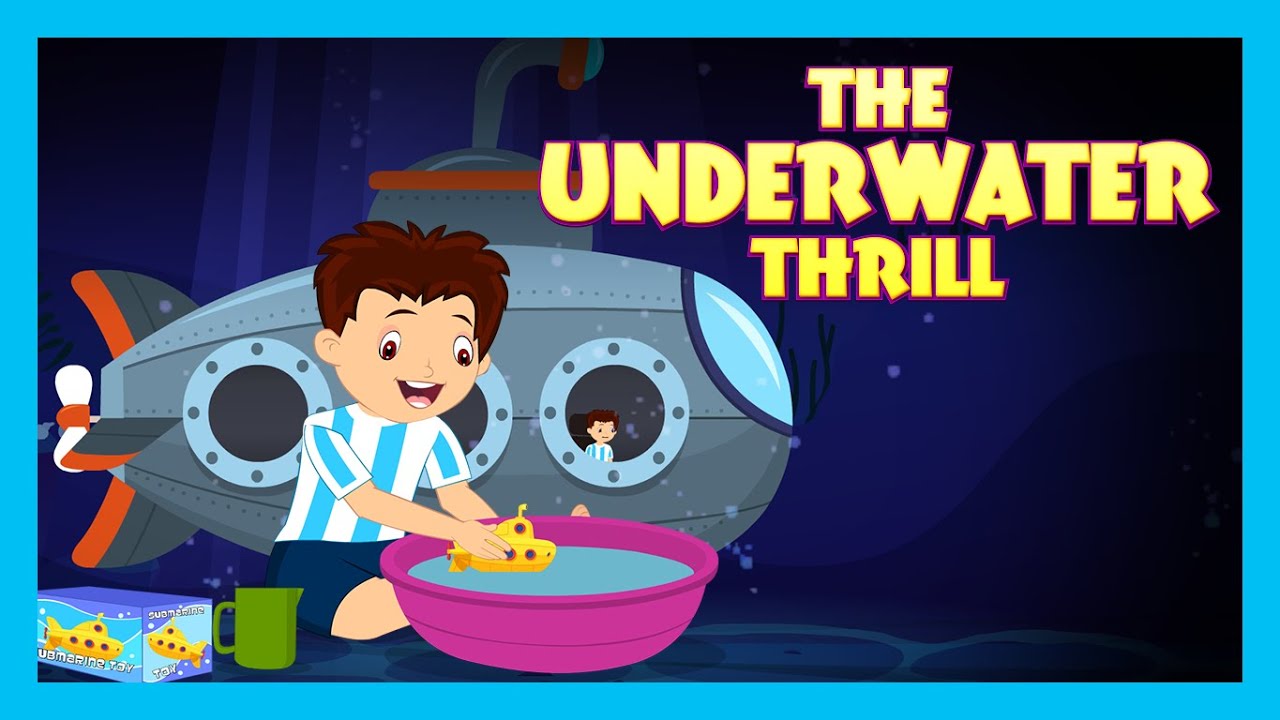The secret lives of baby fish - Amy McDermott
Summary
TLDRThe fascinating journey of baby coral reef fish begins with their birth in the open ocean, where they drift as vulnerable larvae. Initially believed to be passive drifters, new research reveals that these larvae are capable swimmers, using sensory cues like smell to navigate towards their future homes. They can even return to the reefs where they were born. Once near a suitable reef, they test the waters before settling. This previously unknown journey highlights the remarkable survival skills of these tiny fish and the mysterious process of their transformation from larvae to adults.
Takeaways
- 😀 Baby yellow tang surgeonfish undergo significant changes as they grow, transitioning from vulnerable larvae to resilient adults.
- 😀 Coral reefs are home to over a quarter of the 27,000 known fish species, despite covering less than 1% of the Earth's surface.
- 😀 The life cycle of most coral reef fish begins with the release of sperm and eggs into the water, following lunar or tidal patterns.
- 😀 Fish larvae are tiny and fragile, with some lacking gills at birth and relying on their skin to absorb oxygen from the water.
- 😀 The larvae of reef fish drift across vast oceans, sometimes traveling thousands of miles, before reaching a suitable habitat.
- 😀 Initially considered passive drifters, new research shows that fish larvae are capable swimmers, actively navigating through water to improve survival chances.
- 😀 Larvae can move vertically in the water column, controlling their position to ride different ocean currents toward their home reefs.
- 😀 Fish larvae utilize a range of sensory systems, especially smell, to detect and navigate toward their preferred adult habitats.
- 😀 Some fish larvae may even return to their birth reefs using sensory cues, despite spending months in the larval stage.
- 😀 When larvae approach a reef, they do not immediately settle, but use a 'bungee' method, checking conditions before fully committing.
- 😀 The behaviors and environmental cues used by larvae to find their home reefs remain largely unknown, highlighting the mystery of their journeys.
Q & A
What is the significance of the baby yellow tang surgeonfish in the script?
-The baby yellow tang surgeonfish is used to illustrate the early life of coral reef fish, showcasing how they undergo dramatic transformations from vulnerable larvae to strong adults.
What percentage of Earth's fish species live on coral reefs, and why is this important?
-Over a quarter of the 27,000 known fish species live on coral reefs, which are vital ecosystems that make up less than 1% of Earth's surface. This highlights the critical role coral reefs play in marine biodiversity.
What challenges do baby coral reef fish face during their early life?
-Baby coral reef fish face numerous challenges, including avoiding predators, finding food, and navigating vast oceans to reach a suitable reef where they can settle and grow into adults.
How do coral reef fish reproduce?
-Coral reef fish reproduce by releasing sperm and eggs into the water, where fertilization occurs. The timing of reproduction depends on the species and often follows lunar or seasonal tidal patterns.
What happens to the larvae after fertilization, and how long does this stage last?
-After fertilization, the larvae drift with ocean currents. They can float in the water column anywhere from minutes to months, sometimes traveling vast distances away from their birthplace.
How do larvae manage to find their way to the coral reefs?
-Larvae use a combination of sensory systems, such as detecting sound and smell, to navigate through the ocean. They are capable of swimming to different water masses and using currents to guide them toward suitable adult habitats.
What new research has challenged the traditional understanding of larval fish behavior?
-Recent research has shown that larval fish are not passive drifters as once thought. They are strong swimmers, able to control their vertical position in the water and choose the currents that increase their chances of reaching a suitable reef.
How do larvae use smell to help them navigate the ocean?
-Larvae use their sense of smell to distinguish between different environments, helping them identify and head toward suitable reefs. Some larvae can even navigate back to the reefs where they were born.
What happens when larvae find a potential reef?
-When larvae find a potential reef, they don't immediately settle. They use a 'bungee system,' where they check out the reef, and if conditions aren't ideal, they return to higher water masses to search for another reef.
What do we still not know about the movements and behaviors of coral reef fish larvae?
-Despite the advances in research, much remains unknown about the exact geographic movements of individual larvae and the specific environmental cues they use to navigate to their future homes on the reef.
Outlines

このセクションは有料ユーザー限定です。 アクセスするには、アップグレードをお願いします。
今すぐアップグレードMindmap

このセクションは有料ユーザー限定です。 アクセスするには、アップグレードをお願いします。
今すぐアップグレードKeywords

このセクションは有料ユーザー限定です。 アクセスするには、アップグレードをお願いします。
今すぐアップグレードHighlights

このセクションは有料ユーザー限定です。 アクセスするには、アップグレードをお願いします。
今すぐアップグレードTranscripts

このセクションは有料ユーザー限定です。 アクセスするには、アップグレードをお願いします。
今すぐアップグレード関連動画をさらに表示

The Blue Planet: Episode 6- Coral Seas Review

#NusantaraKaya | Nusantara dan Lautnya

Selat Bali Lestari, Ekowisata Geliat Ekonomi

The Underwater Thrill | Learning Story | Kids Moral Stories | English Kids Stories | Tia & Tofu

DUNIA BINATANG - KEKAYAAN LAUT KOMODO (20/7/16) 3-1

What Does a Humphead Parrotfish Eat? | Blue Planet | BBC Earth
5.0 / 5 (0 votes)
